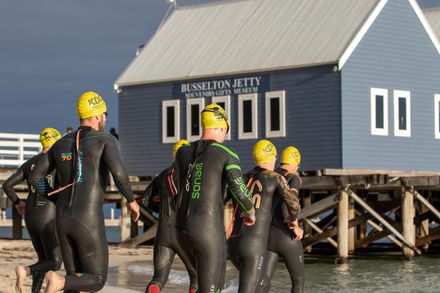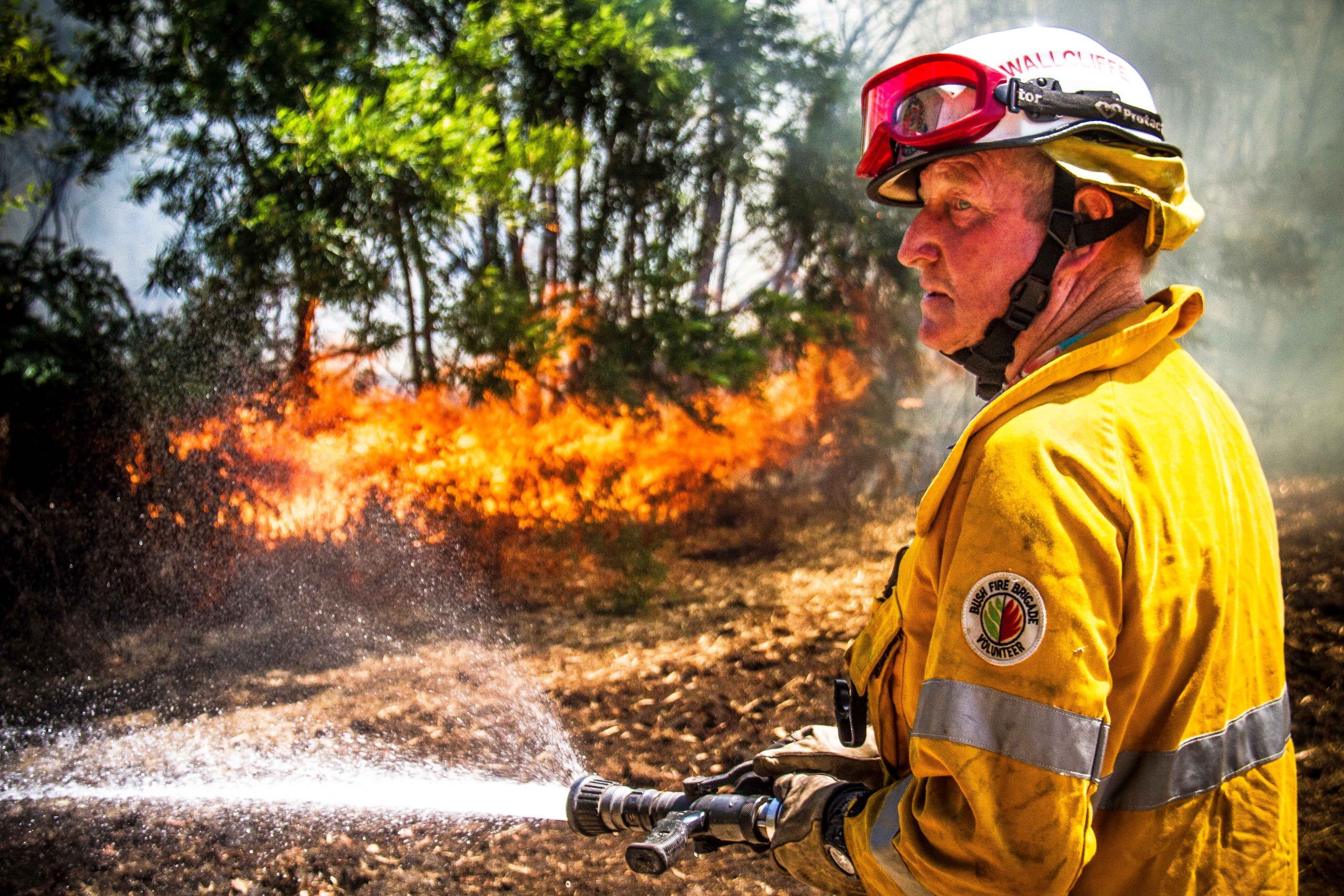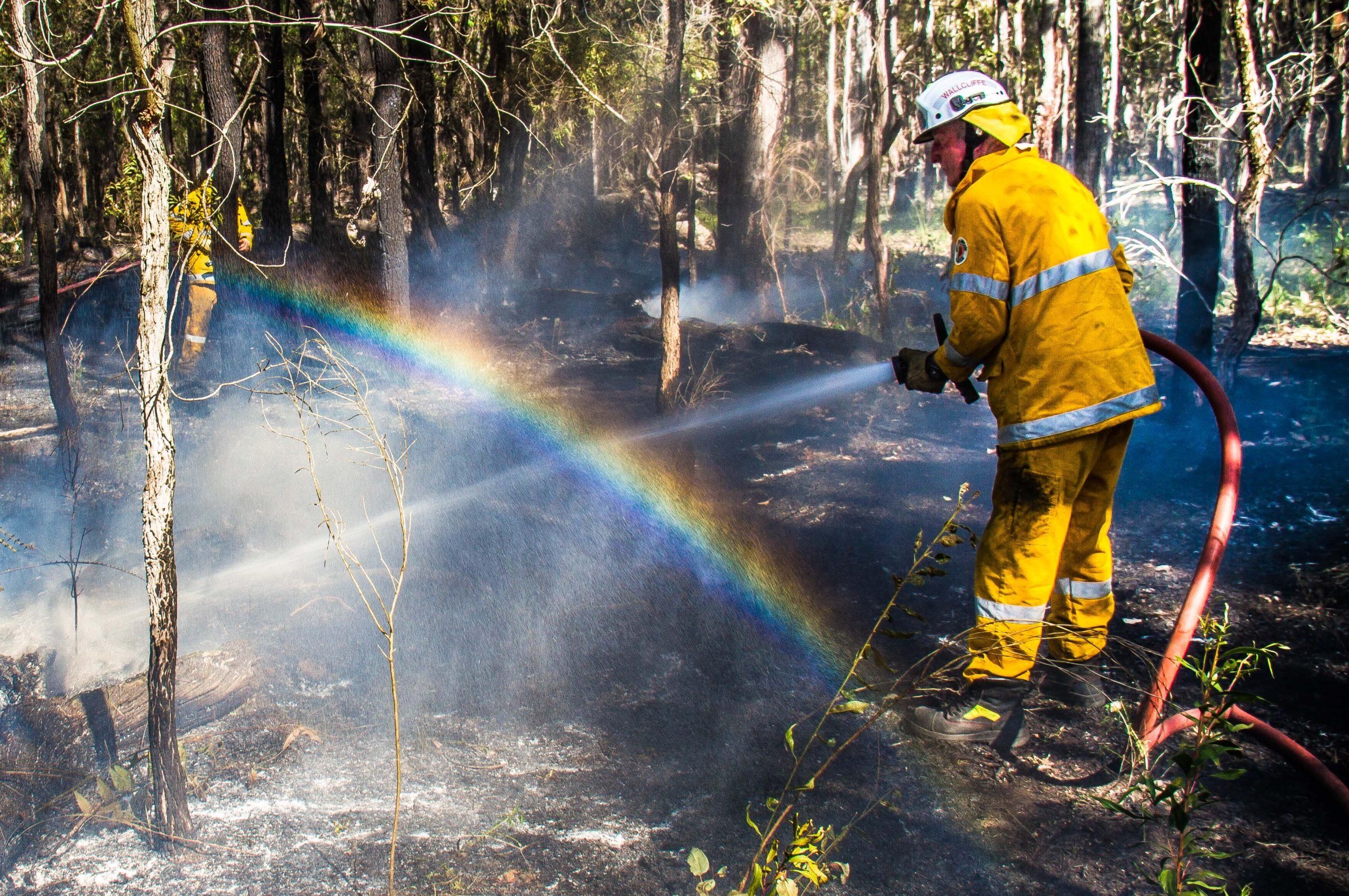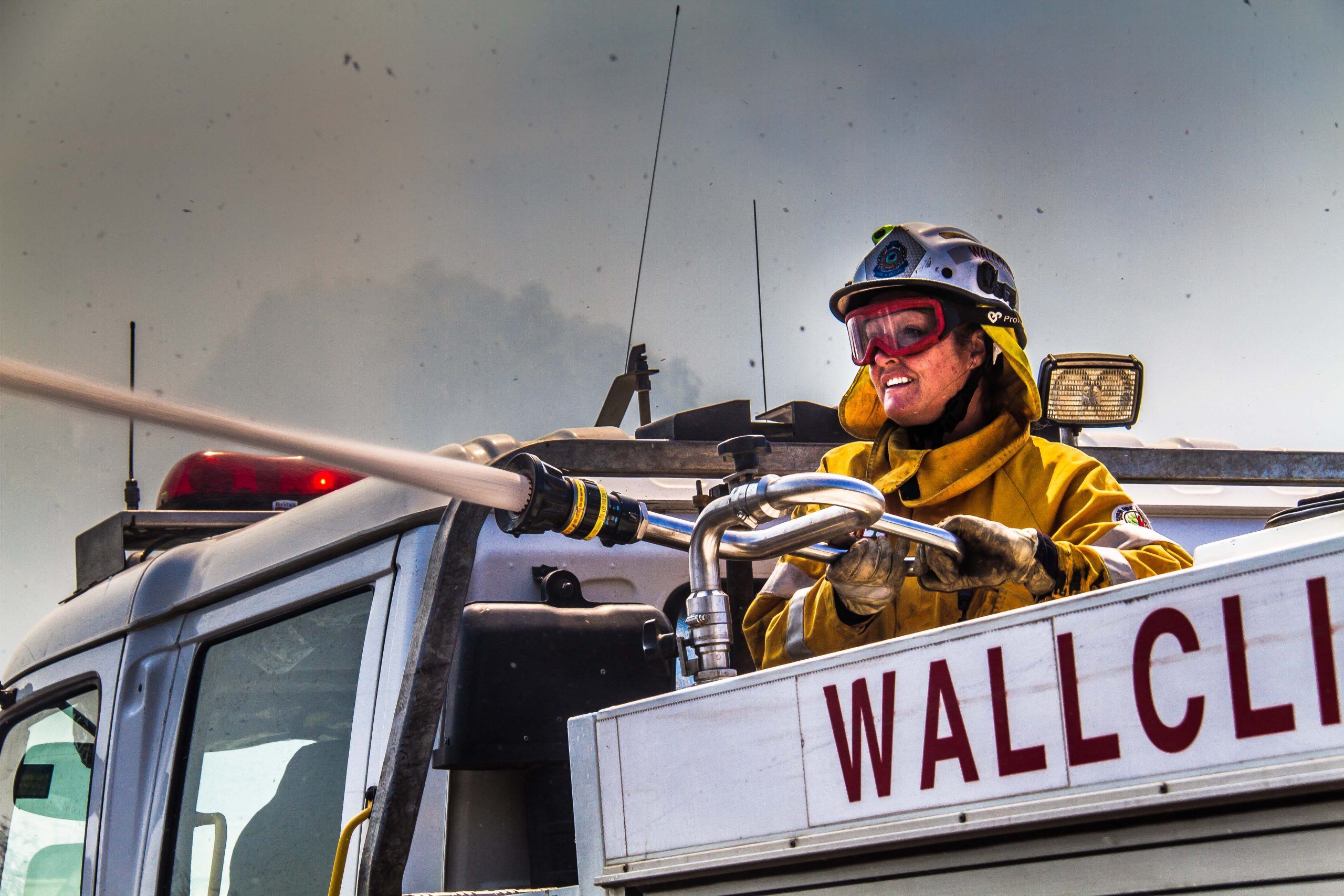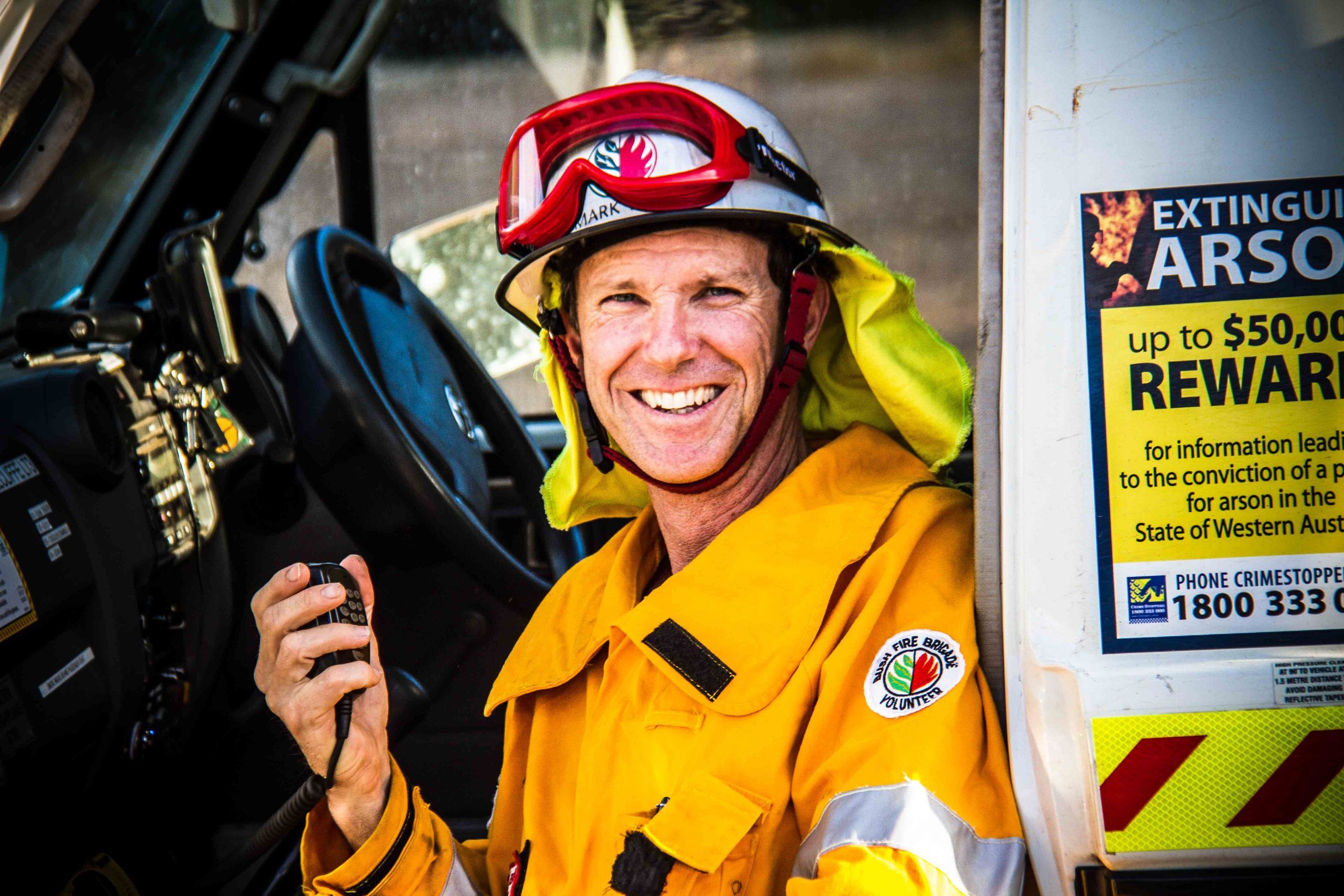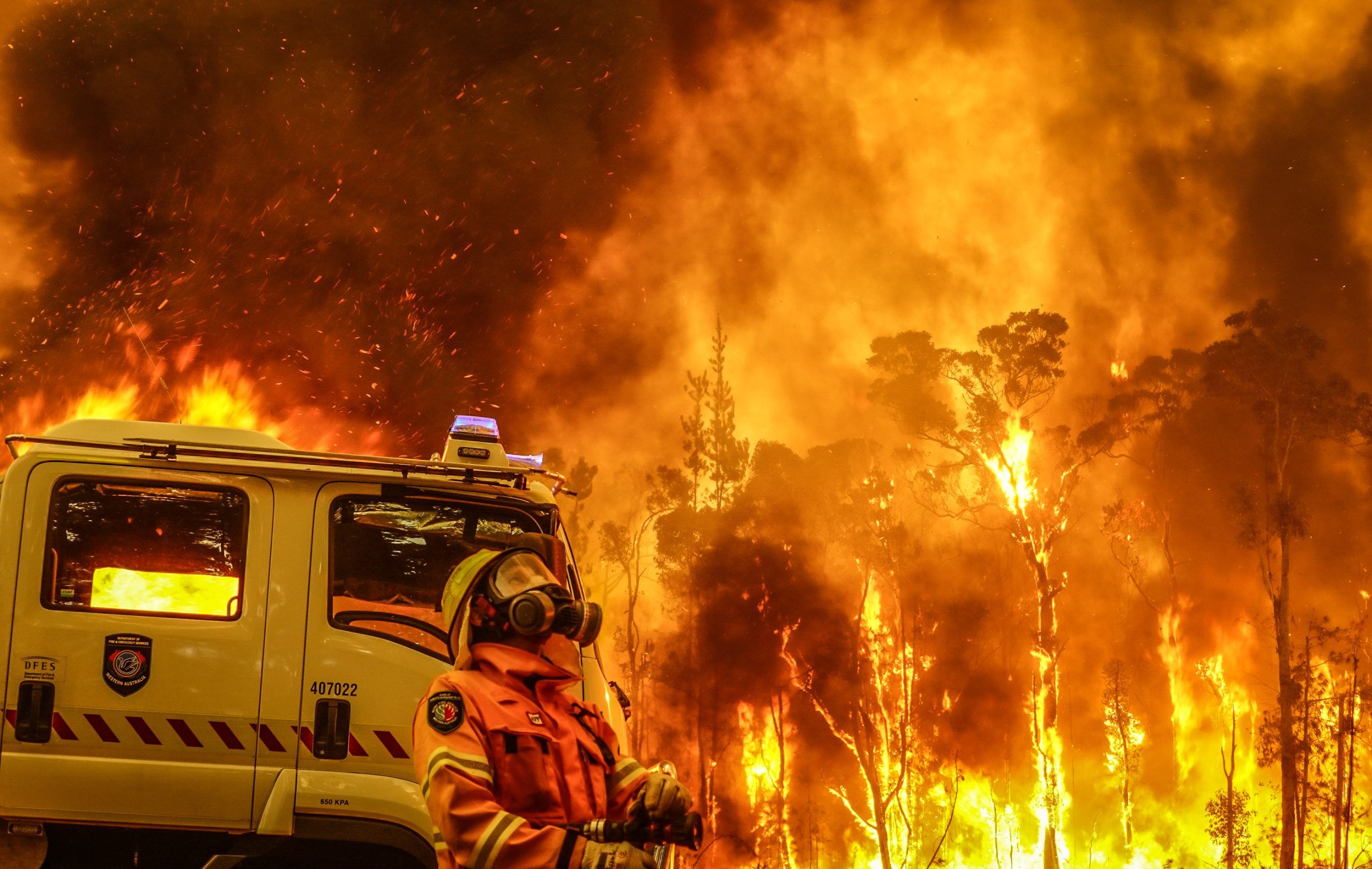There’s no denying the wild beauty of the townships that make up the greater Margaret River Region: national parks abutting residential clusters, and sought-after accommodation tucked deep into the bush.
Proximity to nature is a regional calling card. But with just shy of 50 percent of the region still given over to bushland, it’s important to be fire safe. Our local volunteer bushfire brigades play a key role in not just responding to fires, but also spending (unpaid) hours and hours working with the landscape all year around to mitigate risk.
Meet a few of our dedicated volunteers from the Wallcliffe Fire Service Brigade — one of nine volunteer brigades that help protect the Margaret River Region — and find out why they’re proud to wear their yellows.
